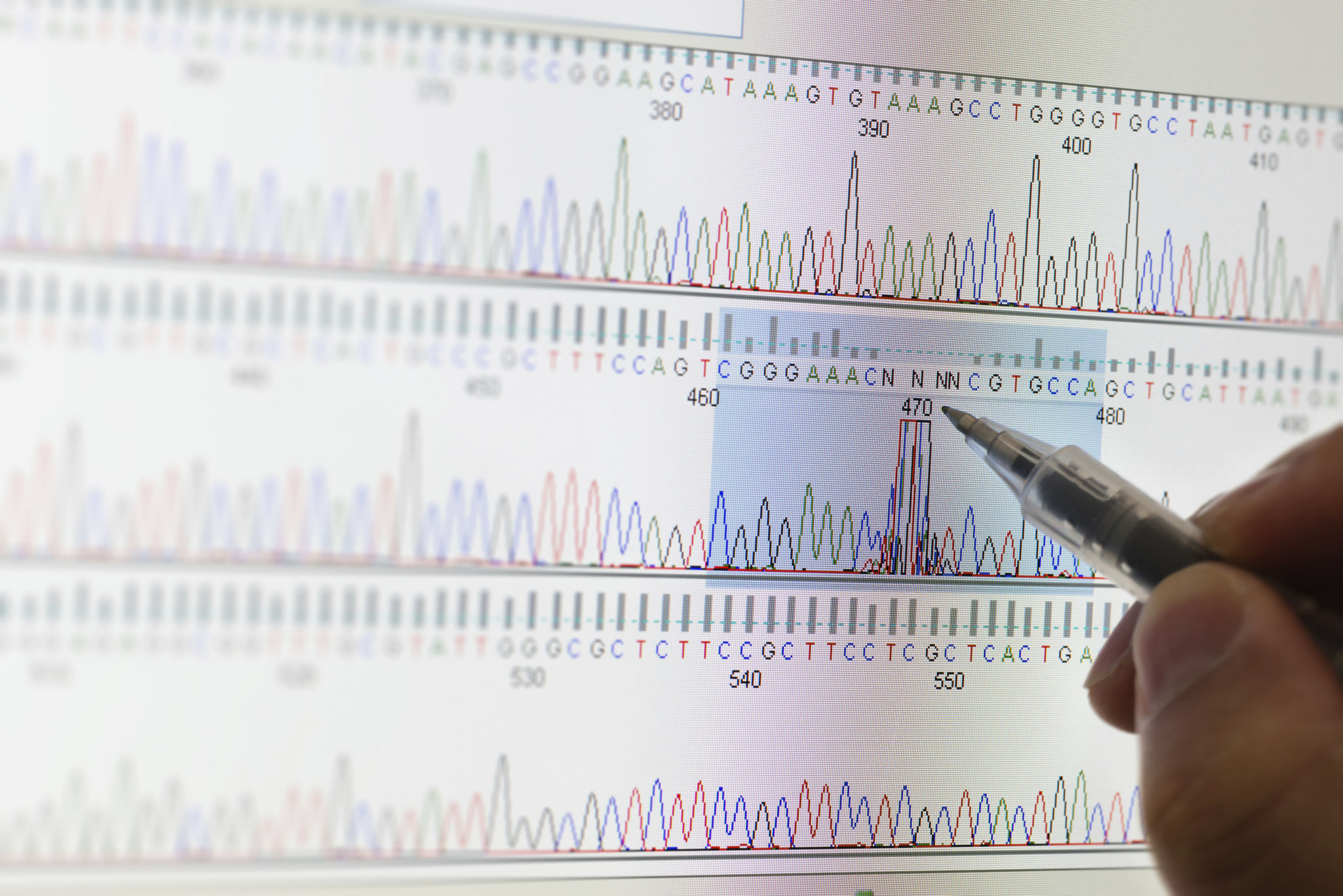How DNA Testing Works: A Step-by-Step Guide for Residents of Brownsburg
Understanding DNA Testing
DNA testing has revolutionized the way we understand our genetic makeup. For residents of Brownsburg curious about their ancestry or health predispositions, DNA testing can provide a wealth of information. This guide will walk you through how DNA testing works, demystifying the process step by step.
At its core, DNA testing involves analyzing a sample of your DNA to uncover genetic information. This sample is usually collected through a simple procedure such as a cheek swab or saliva sample. Once collected, the sample is sent to a laboratory for analysis.

Step 1: Collection of DNA Sample
The first step in DNA testing is collecting a sample. Most testing kits provide all necessary materials, including a swab or collection tube. For example, you might be asked to gently rub a cotton swab along the inside of your cheek to gather cells.
It's important to follow the instructions carefully to ensure the accuracy of the test. After collecting the sample, it should be securely sealed and sent back to the laboratory using prepaid packaging provided with the kit.
Step 2: Laboratory Analysis
Once your sample reaches the laboratory, the DNA extraction process begins. Technicians extract DNA from the cells and prepare it for analysis. This involves breaking down the cells to release the DNA and then purifying it for testing.

The extracted DNA is then amplified using a process called polymerase chain reaction (PCR), which creates millions of copies of your DNA segments. This amplification is crucial for identifying specific genetic markers that provide insights into ancestry or health.
Step 3: Interpretation of Results
After analysis, the data is interpreted by comparing your genetic markers with those in existing databases. These databases contain information from thousands of other samples, allowing for accurate ancestry tracing or health assessments.
The results are typically presented in an easy-to-understand format, often accessible online through a secure portal. You may receive insights into your ethnic background, potential health risks, or even connections with distant relatives.

Privacy and Security Considerations
Privacy is a significant concern for many considering DNA testing. Reputable testing companies adhere to strict privacy policies, ensuring that your genetic information is kept secure and confidential.
Before submitting your sample, it's wise to review the company's privacy policy and understand how your data will be used and stored. Some companies offer options to delete your data from their databases upon request.
Making Informed Decisions
DNA testing offers numerous benefits but also requires careful consideration. Whether you're interested in uncovering your heritage or assessing potential health risks, understanding how DNA testing works can help you make informed decisions about your genetic exploration.
For Brownsburg residents, this guide provides a comprehensive overview of the DNA testing process, ensuring that you embark on this journey with confidence and clarity. As always, consult with healthcare professionals if you have specific medical concerns related to genetic testing.